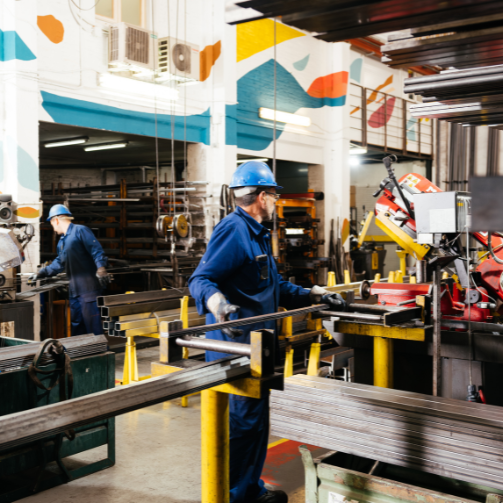92%
of all employers are prioritising employee experiences

People are at the heart of your business. That’s why we create consumer-centric sustainable workplace experiences that boost engagement, wellbeing & productivity. Discover our unique food brands, hospitality and workplace services.
Contact usHappier people are 13% more productive. So, when you build your workplace experience based on deeper employee insights, they are more engaged, motivated and healthier. Perhaps that’s why 92% of all employers are prioritising employee experiences. Sodexo Malaysia and Singapore is proud to be part of this workplace transformation with unmatched food brands, hospitality and workplace services that make every day better.





